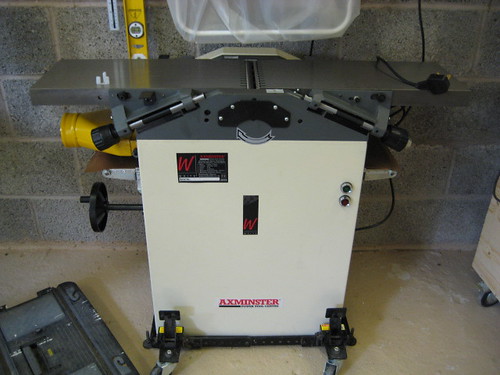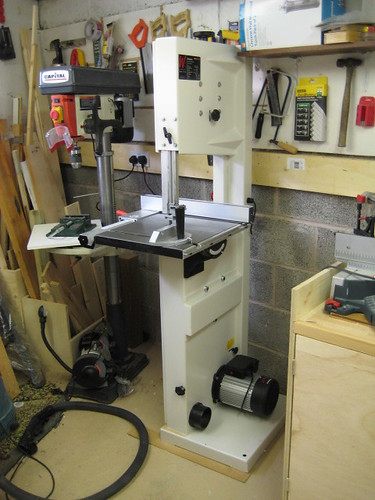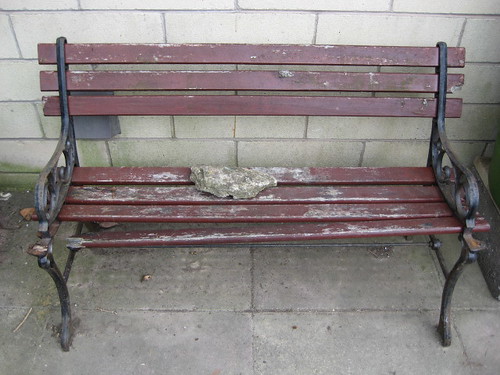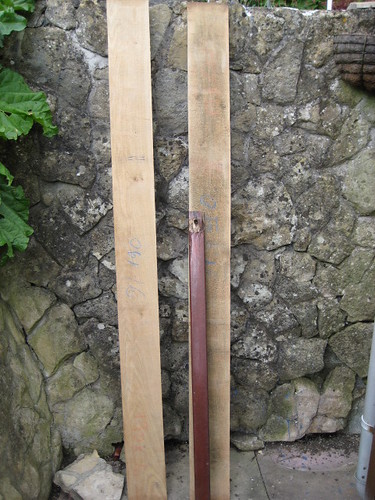Ok, so I've bought one of these :

(which I still have to check the set-up on)
and one of these :

So I thought to myself, what is the simplest thing I can make to try them out. Answer is to make new slats for this :

so today I went to Interesting Timber (just outside Bath) and bought four of these :

so the question is, how do I start ? My guess would be :
1. roughly cut the planks to length leaving 5 cms each end spare for now
2. then cut them in half lengthways into slats sort widths
3. plane a wide face
4. then plane a narrow edge referencing the wide face
5. then plane the second narrow edge (again referencing the wide face)
6. then thickness accordingly
am I on the right track ?
Paul

(which I still have to check the set-up on)
and one of these :

So I thought to myself, what is the simplest thing I can make to try them out. Answer is to make new slats for this :

so today I went to Interesting Timber (just outside Bath) and bought four of these :

so the question is, how do I start ? My guess would be :
1. roughly cut the planks to length leaving 5 cms each end spare for now
2. then cut them in half lengthways into slats sort widths
3. plane a wide face
4. then plane a narrow edge referencing the wide face
5. then plane the second narrow edge (again referencing the wide face)
6. then thickness accordingly
am I on the right track ?
Paul




